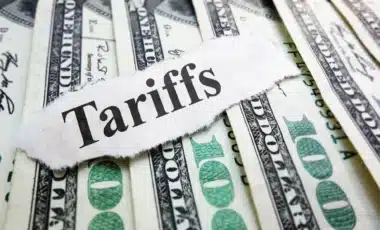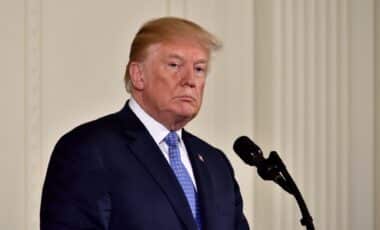The United States and Ukraine have formalised a new partnership giving Washington preferential access to Kyiv’s mineral wealth. The agreement establishes a joint fund for Ukraine’s reconstruction and aims to deepen economic cooperation amidst ongoing conflict.
Finalised after months of tense negotiations, the minerals agreement is seen as a pivotal move to secure long-term Western involvement in Ukraine’s recovery. It also signals a shift in US strategy, linking aid and reconstruction efforts to strategic resource access.
Ukraine’s untapped mineral potential has attracted growing international attention, especially as Western governments seek to reduce their dependence on Chinese rare earths. By integrating economic investment with geopolitical alignment, this accord sets a precedent for post-conflict development models.
Equal Partnership With Strategic Implications
The newly signed agreement between Washington and Kyiv is centred around the formation of a joint investment fund intended to channel resources into Ukraine’s economic recovery.
According to Ukraine’s Economy Minister Yulia Svyrydenko, the fund will operate on a 50/50 basis, with both countries contributing equally and Ukraine retaining full ownership and control over its subsoil resources.
The accord, signed in Washington by Svyrydenko and US Treasury Secretary Scott Bessent, outlines Ukraine’s authority to decide what and where to extract, maintaining that all mineral assets remain under Ukrainian sovereignty.
According to reports, the deal ensures that no debt obligation is imposed on Ukraine, a major sticking point in earlier negotiations. Additionally, revenues from the fund will not be taxed by either party.
According to the US Treasury, the agreement underscores America’s commitment to Ukraine’s sovereignty and reconstruction, and acts as a clear message to Russia. It further prohibits any individual or entity that has supported Russia’s military campaign from profiting from Ukraine’s rebuilding.
Although the agreement includes potential provisions for new US assistance, such as air defence systems, it does not contain explicit security guarantees—a point Ukraine had strongly advocated for during the discussions.
Access to Critical Minerals Amid Global Race
Ukraine possesses an estimated 5% of the world’s critical raw materials, including significant reserves of graphite, titanium, lithium, and rare earth elements, according to Ukraine’s Geological Survey. These resources are vital for industries ranging from renewable energy to defence and electronics.
The partnership comes amid a broader geopolitical effort to diversify rare earth supply chains currently dominated by China. According to the US Geological Survey, Ukraine holds 22 of the 50 materials classified as critical to national security and economic stability.
The deal also has broader strategic implications. As noted by former economy minister Tymofiy Mylovanov, much of Ukraine’s mineral wealth remains undeveloped or lies in Russian-occupied territories, with resources worth approximately $350 billion currently beyond Kyiv’s control.
Furthermore, landmine contamination, particularly in the east, poses additional challenges to immediate extraction and development.
By tying mineral development to reconstruction funding, the agreement presents a new model of Western engagement—one that merges strategic investment with long-term national rebuilding.









